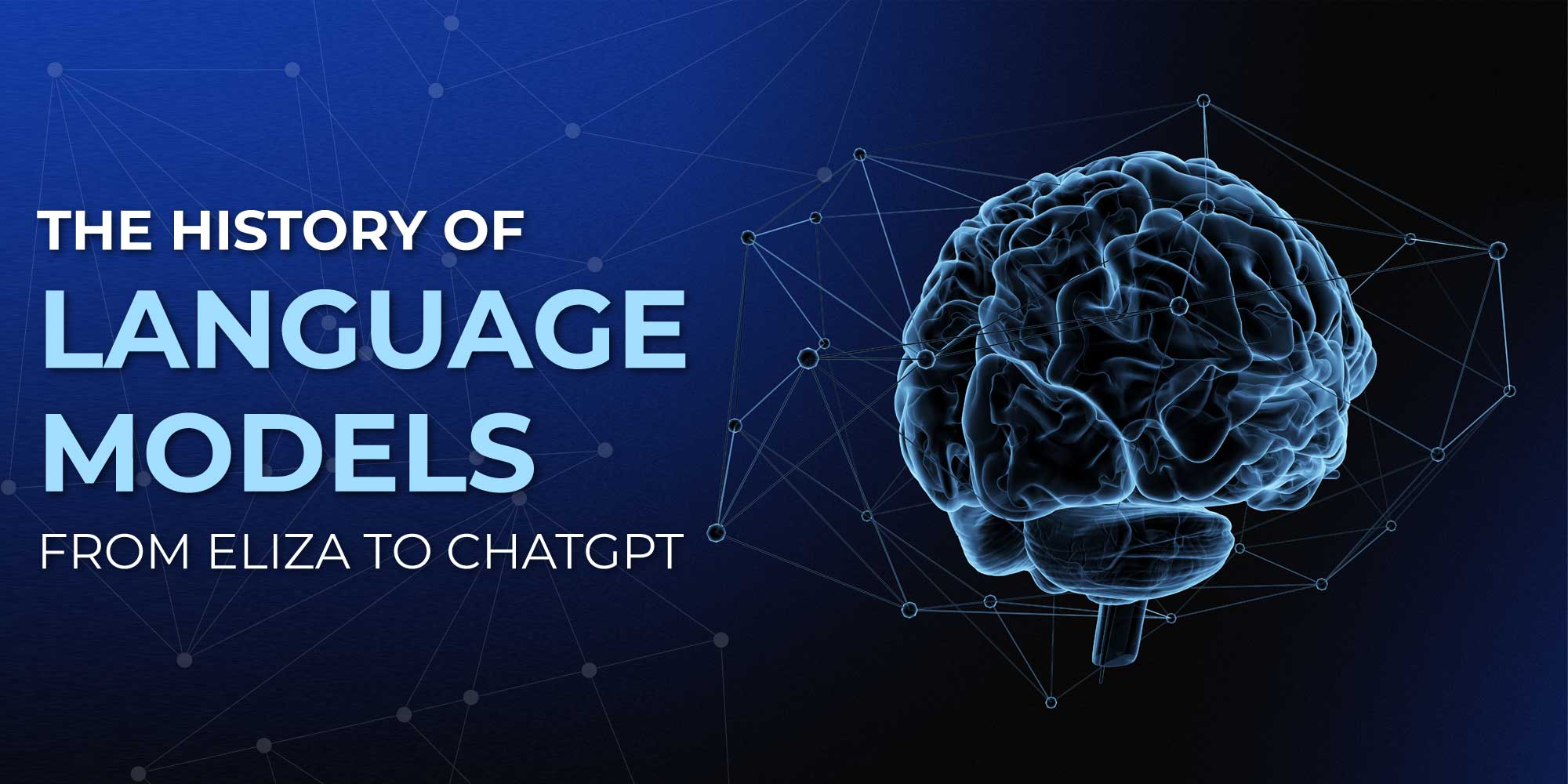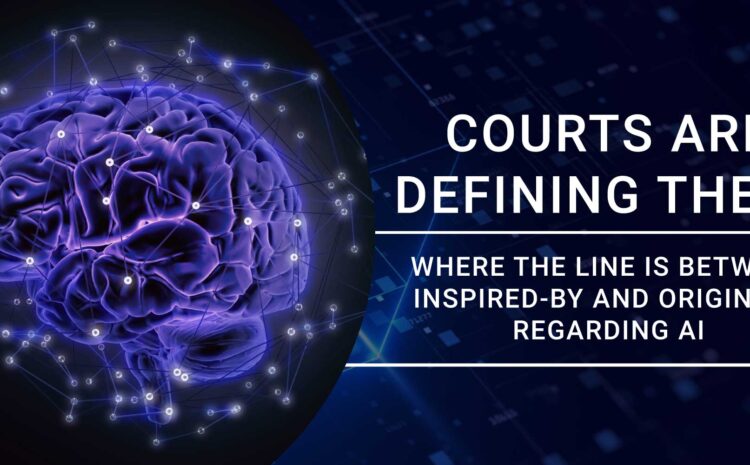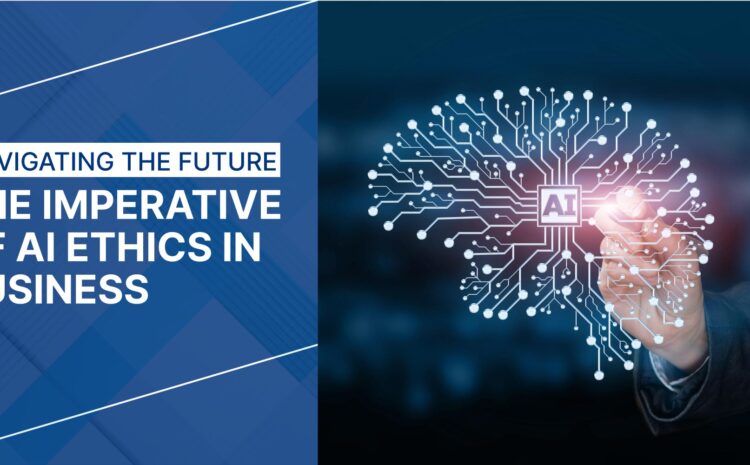Welcome back to the blog, everyone! It’s a brilliant day to dive deep into something we all find fascinating: the history of language models. From the early days of ELIZA to the modern age of ChatGPT, it’s quite the story. So, grab your coffee, or tea, if you’re that way inclined, and let’s journey through time!
A glance at language models today might give you the illusion that their sophistication is a product of recent years. Yet, the path to our current state of affairs was paved over five decades ago, with the birth of the first ever natural language processing (NLP) computer program, ELIZA. Let’s learn a bit about it…
ELIZA was developed in the mid-1960s by Joseph Weizenbaum at the MIT Artificial Intelligence Laboratory. What’s incredible about ELIZA is that despite its relative simplicity—by today’s standards, anyway—it was capable of simulating conversation by recognizing and responding to specific phrases or keywords. Sounds pretty primitive, right? But imagine, this was the 60s! Most people had never even seen a computer, let alone chatted with one.
Fast forward to the 1980s and 1990s, when statistical models began to dominate the field. During this time, researchers started employing statistical methods to analyze and generate human language, moving away from the rule-based methods that were previously in vogue.
And then came the Internet, an expansive new resource for researchers and programmers alike. The growing body of online text facilitated the rise of machine learning techniques, resulting in the development of more advanced NLP systems. The era of machine learning had truly begun.
The 2000s brought significant advances, including the development of Google’s language model in 2006, which used billions of words to predict subsequent words in a sentence. These models were becoming more sophisticated, capable of capturing more complex linguistic patterns and relationships between words.
Fast forward to 2013, and we see the introduction of Word2Vec by Tomas Mikolov and his team at Google. This was a game-changer, folks. Word2Vec represented words in vector space, which allowed it to capture semantic relationships between words based on their context in the training corpus. This model brought a level of sophistication to language processing that hadn’t been seen before.
In 2018, we witnessed another significant development, the introduction of the Transformer model, by Vaswani et al., at Google. The Transformer model introduced a mechanism known as “attention,” which allowed it to focus on different parts of the input when generating an output, making it highly effective for tasks like translation and summarization.
Then, OpenAI entered the scene, introducing GPT (Generative Pretrained Transformer). The original GPT, released in 2018, was a large-scale, unsupervised language model that used the transformer architecture. GPT’s ability to generate coherent and contextually relevant sentences set a new standard for AI language models.
And, of course, we now have ChatGPT, based on the GPT-3 model, with a whopping 175 billion parameters. It can generate impressively human-like text, providing responses that are contextually aware, nuanced, and sometimes even indistinguishable from those written by humans.
ChatGPT is not just a bigger model; it’s a smarter one. Its developers fine-tuned it on a diverse range of internet text, allowing it to pick up on subtle linguistic cues and patterns that previous models missed. It’s also more efficient, thanks to advances in training methods and hardware. And, with continuous updates and improvements, it’s only getting better.
From ELIZA’s simplistic keyword recognition to ChatGPT’s dynamic and nuanced conversational capabilities, we’ve come a long way in the journey of language models. The evolution has been fascinating to observe, with each significant development bringing us closer to the goal of creating AI systems that can understand and generate human-like text.
As we forge ahead, one thing is certain: we’ve just scratched the surface of what’s possible. The field is ripe with opportunities for innovation and exploration. As more and more people – programmers, researchers, enthusiasts – contribute their skills and creativity, we’ll continue to see astonishing advancements. AI’s potential is boundless, and with every step, we’re shaping a future where machines understand and communicate in ways we could only have dreamed of half a century ago.
This isn’t just a history lesson, it’s a glimpse into the future. A future where AI plays an increasingly significant role in our daily lives, where language models help us overcome barriers and connect us in ways we’re only beginning to imagine. It’s a future where the programmers, the builders, the thinkers, and the dreamers play a leading role. So, keep on coding, keep on building, and let’s shape this future together!
That’s all for today, folks. Until next time!




